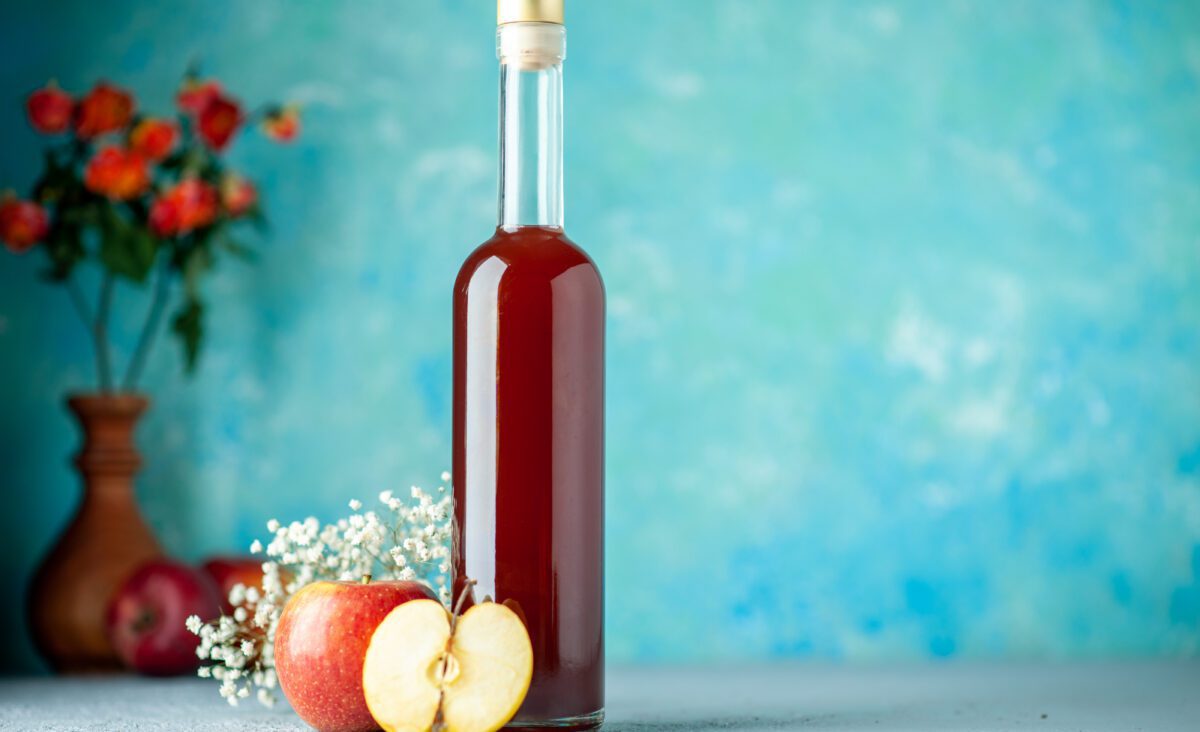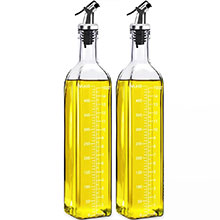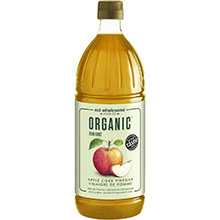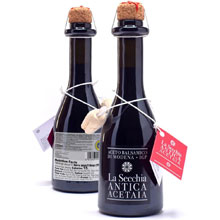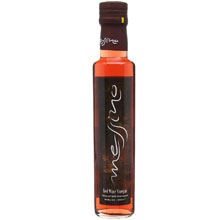Vinegar, an essential ingredient in cooking around the globe
Vinegar is one of those kitchen ingredients that may seem simple, but has an incredible impact on the taste and texture of many dishes. From ancient times to the present day, vinegar has been an essential part of cooking throughout the world.
In this culinary article, we’ll explore the origins of vinegar, its different varieties, and its many uses in cooking. Of course, we’ll also suggest some delicious recipes using this multi-faceted ingredient.
The origins of vinegar
Vinegar is the product of acetic fermentation, a natural process that transforms carbohydrates into acetic acid (more concentrated white vinegar). Vinegar’s origins go back thousands of years, and its use has spread across different cultures. The ancient Egyptians already used vinegar as a condiment and preservative, while the Romans made it a key ingredient in their sauces and marinades.
Vinegar is mainly made from carbohydrate-rich raw materials, such as wine, apples, cereals or even honey. Acetic fermentation is the result of the action of acetic bacteria, which transform alcohol into acetic acid. It is acetic acid that gives vinegar its characteristic taste and tangy flavour.

A selection of articles you might like
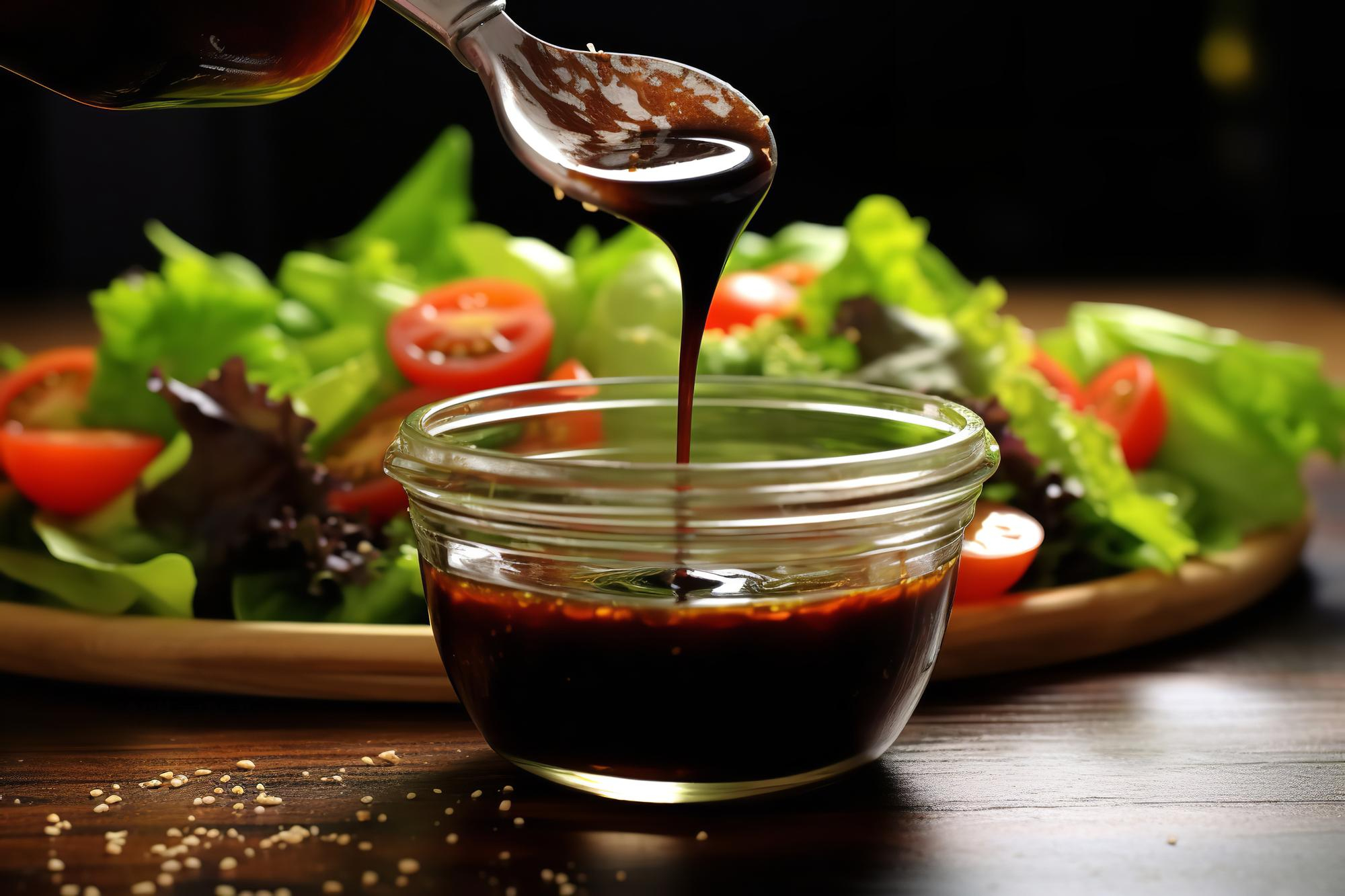
Culinary uses of vinegar
Vinegar is a versatile ingredient that can be used in many ways in the kitchen:
- Salad dressings: Vinegar is the basic ingredient in vinaigrettes, bringing a balanced acidity to salads.
- Marinades: Vinegar helps tenderize meat and give it a delicious flavor. It is often used in marinades for chicken, pork and beef.
- Sauces: Many sauces, such as sweet and sour sauce, barbecue sauce and Béarnaise sauce, contain vinegar to add depth of flavor.
- Conservation: Vinegar is used to preserve vegetables and condiments, such as pickles and pickled onions.
- Deglazing: In cooking, deglazing involves adding vinegar to a pan to loosen the juices and create a delicious sauce from the cooking residues.
The different varieties of vinegar
There is a wide variety of vinegars, each with its own taste and usage characteristics. Here are some of the most common vinegar varieties.
Wine vinegar
Made from fermented wine, it can be red or white, and its flavor varies according to the type of wine used. It is commonly used in vinaigrettes and deglazings. Discover our recipes using wine vinegar.
Cider vinegar
Made from apples, it has a fruity, slightly sweet flavor. It is ideal for marinades and meat sauces. It can also be used in vinaigrettes, as in our lentil salad recipe, where it is combined with balsamic vinegar. Discover our recipes using cider vinegar.
Balsamic vinegar
Originally from Italy, it is aged in wooden casks and has a complex, sweet and tangy flavor. It is often used to season salads and pasta dishes. Discover our recipes using balsamic vinegar.
Rice vinegar
Commonly used in Asian cuisine, it has a mild, delicate flavor. Perfect for sushi. Discover our recipes using rice vinegar.
Conclusion
Vinegar is much more than just a condiment. It’s a fundamental cooking ingredient that can transform an ordinary dish into an exceptional taste experience. With its variety of flavors and uses, vinegar is an indispensable ally in the kitchen of any amateur or professional chef. So don’t hesitate to experiment with different vinegar varieties to discover how they can enhance your favorite dishes.

